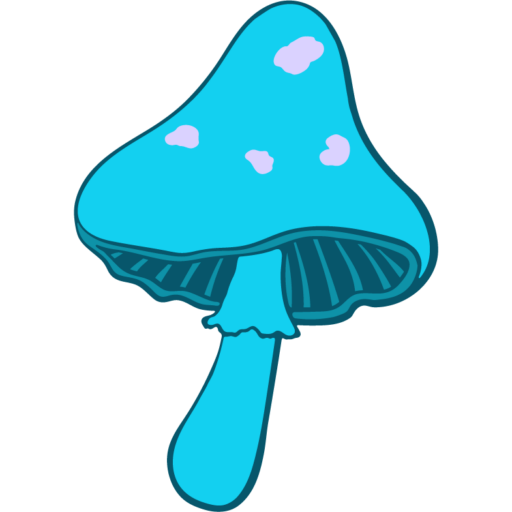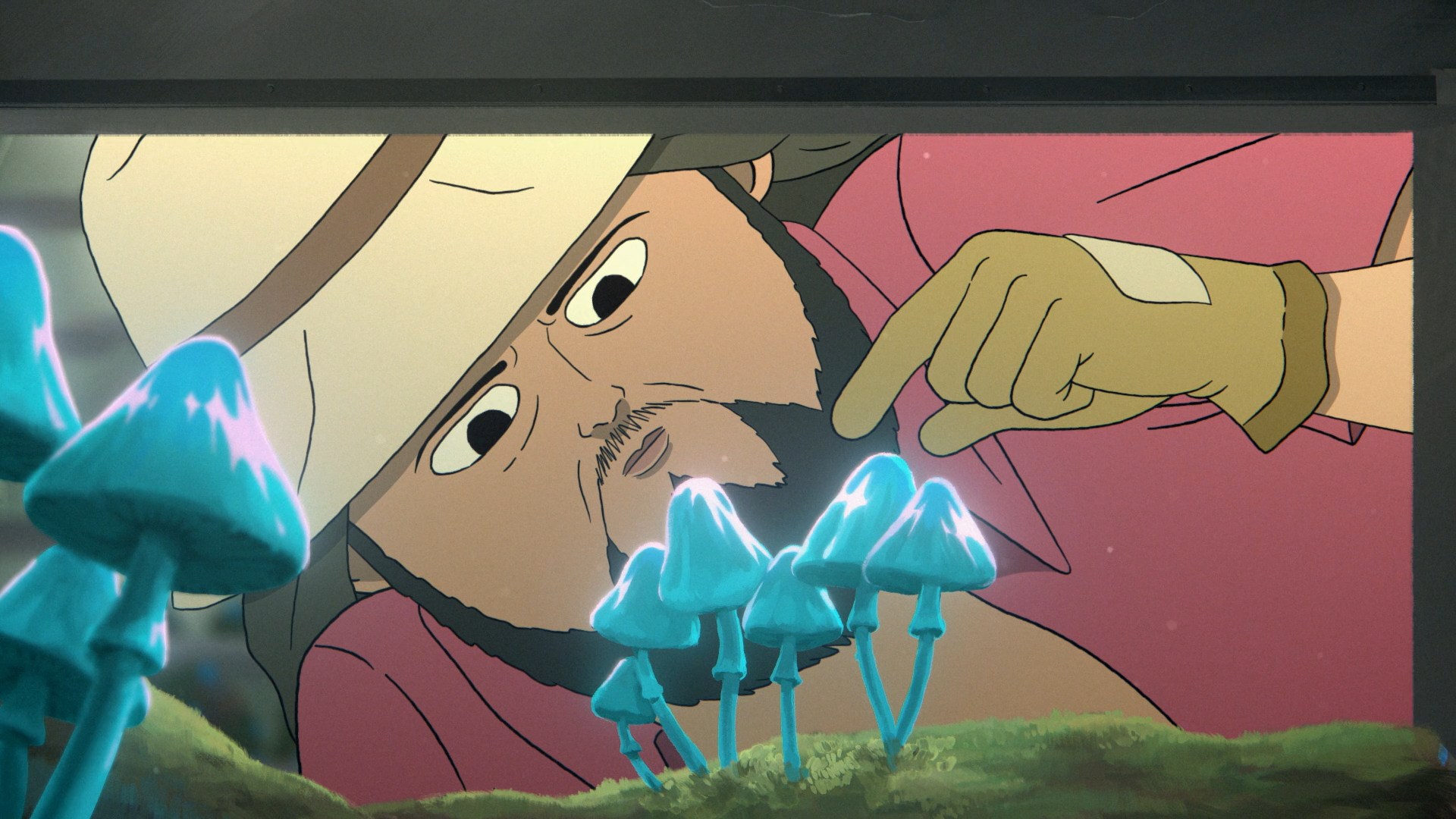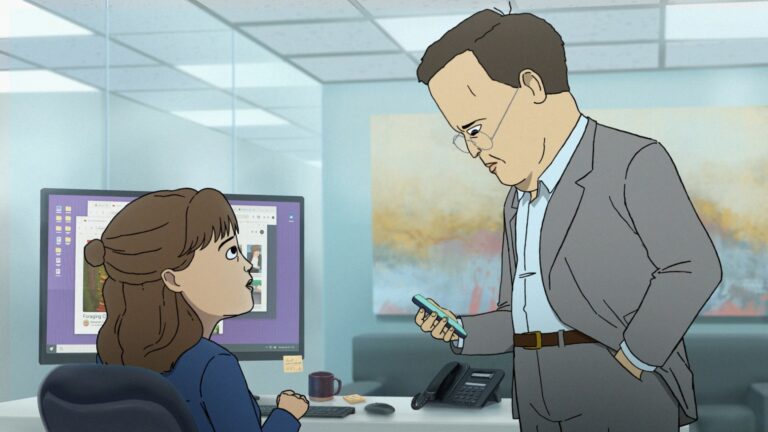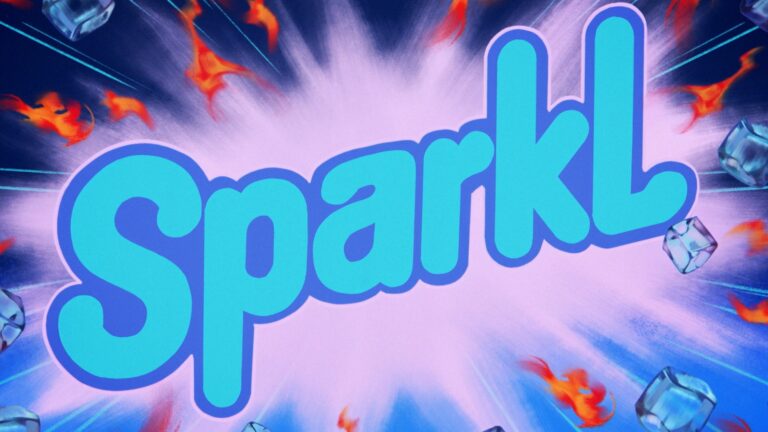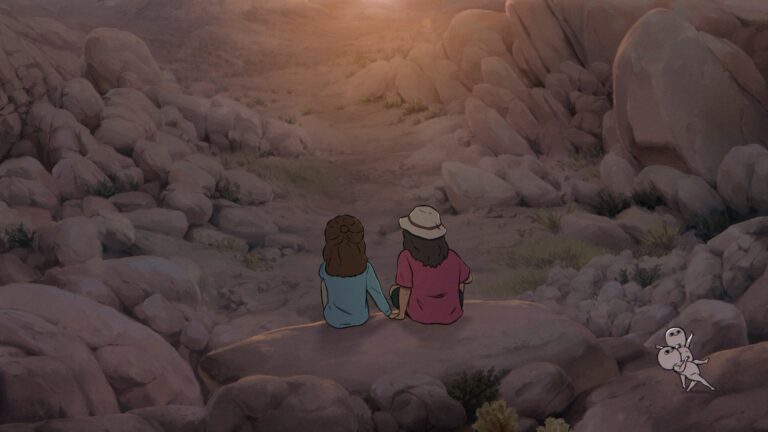If you’ve ever found yourself slack-jawed in front of your screen, lost in the strange, pulsing world of “Common Side Effects,” you are not alone. The show takes viewers on a wild ride, and a huge chunk of that trip stems from its totally bonkers visual style. Let’s be honest — the Blue Angel mushroom and its fungal oddities are pure eye candy. But how did these surreal creatures make the leap from brainstorm to bloodstream? Sharpen your pencils and strap in, because this dive into concept art, sketchbooks, and digital mayhem is more revealing than a mycologist’s fever dream.
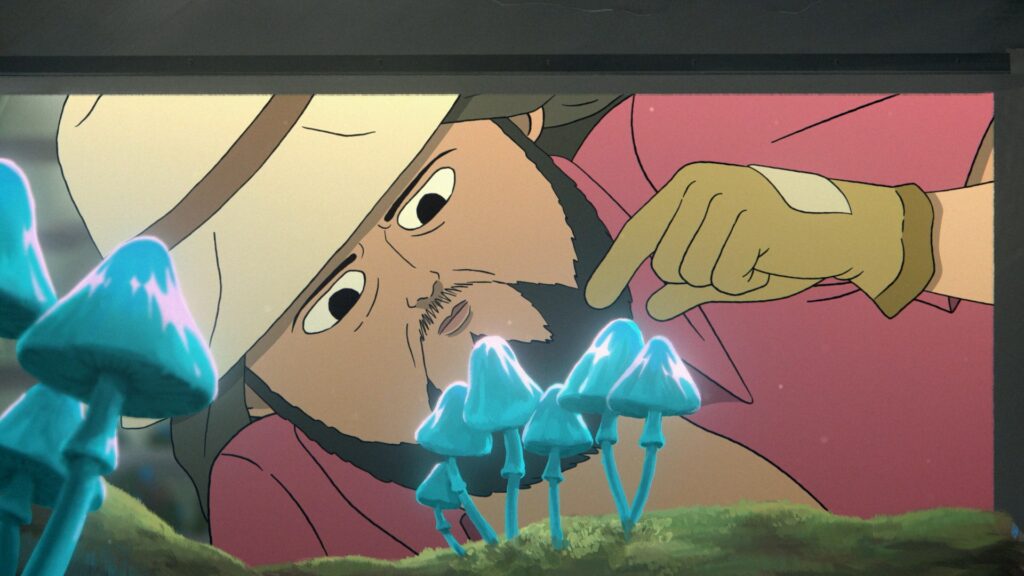
How It Started: Mushroom Madness Meets Storytelling Grit
Here’s the root — literally. The team behind “Common Side Effects” didn’t pluck their trippy mushroom from thin air. Co-creators Joseph Bennett and Steve Hely are, by all accounts, mycology nerds. They spent time deep in the research weeds, tracking the mythical, the medical, and yes, the mind-altering. Their influences spill off the shelf — Paul Stamets, Terence McKenna, even Wade Davis. You’ll see this name-dropping pay off. Paul Stamets, for one, is a fungi celebrity, infamous for his obsession with healing mushrooms. Stamets isn’t just a fun reference; his style inspired a whole character. Check out Marshall’s wide-brimmed hat — the thing is a little love letter to Stamets’ wardrobe.
Steve Hely admits he’s entranced by mushrooms:
“Mushrooms are interesting and strange. Some of them can kill you. Some of them make you feel funny. Some of them are delicious. They’re weird. There’s so much we don’t know about them.”
That sense of “what the heck is out there” drives the whole show, but it also wakes up the design team.
Visuals: You’re Not in Kansas — or Pharmacy School — Anymore
Right away, the art department knew they wanted something different. Something a bit…off. Enter Wes McClain, Art Director and psychedelic wrangler. Wes took the team’s love of science, tripped it out, and splashed it across every inch of digital canvas. He cooked up a color palette that’s anything but chill. Three main tones command the vibe: electric teal, bruised magenta, and a mineral orange. But they don’t just sit pretty. McClain’s mission? He wants those colors to buzz behind your eyeballs.
Wes says, “Every shade in CSE is a side effect. You shouldn’t feel calm looking at our pinks; they ought to buzz in your molars.”
Move over, soothing earth-tones.
The color rules are fierce. You’ll never see pure black lurking in the shadows. Why? Because, as McClain puts it, “Darkness in this show still has DNA. It’s more like looking into a microscope slide than a void”. Even the darkest scenes pulse with life. The feeling? There’s always something a little alive — even in the night.
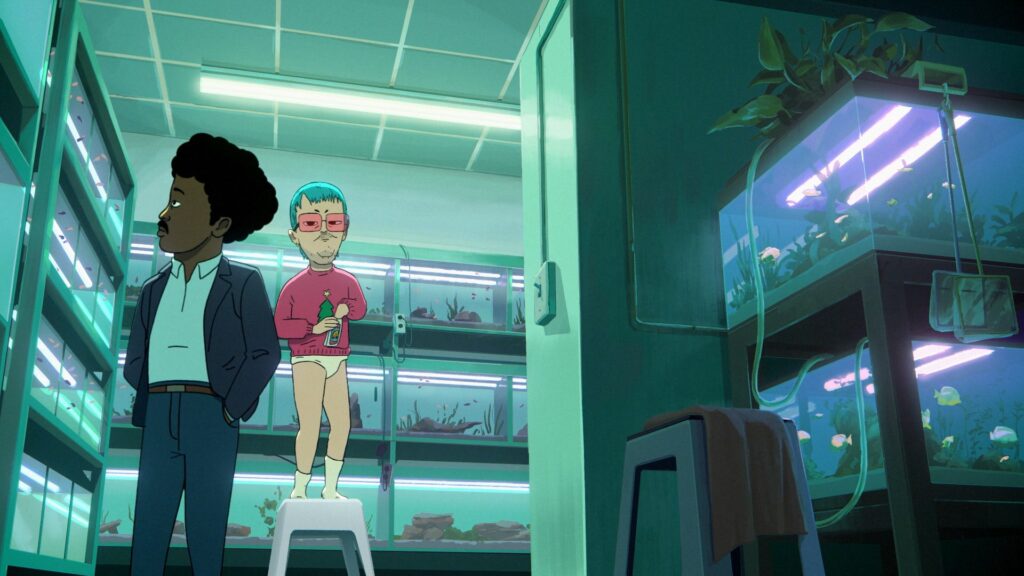
Let’s not overlook the Blue Angel itself. This isn’t the dainty toadstool from fairy tales. Instead, the mushroom vibrates, ooze-like, in the warped forests of the show. The art team studied real-life fungi but amped up the wobbly weirdness. You’ll spot textures that look almost edible, shading that glimmers, and light that seems to crawl rather than shine.
Build-a-World: How Oddities Shaped the Environments
“Common Side Effects” takes its mood board and runs with it. Environments here aren’t backgrounds — they’re co-stars. Picture squishy, biomorphic forests and grottos crowded with groaning, blinking fungi. The team even assigned personalities to the scenery. In episode four, things tip all the way into the uncanny. McClain amped the “line-boil”—that’s the animated jitter — to 18%. The result? Walls, trees, and even lamps seem to breathe in tandem with the dialogue. And, for a cherry on top, artists hid 3,600 hand-drawn, ever-morphing mouths inside the scenery. Watch closely, and you’ll feel the paranoia creep.
Backdrop innovation didn’t stop at spooky woodlands. When the story heads into corporate land — the towering Data Cathedral of Reutical Pharmaceuticals — the palette shifts. Cool, sanitized blues clash against the show’s signature neons. The colors tell you, even before a word’s spoken, that the world inside is synthetic and slick. McClain wanted lab scenes to burn with cold clarity. No comfy greens here: nature gets replaced with virtual terrariums and digital flora. It’s a clever jab at “greenwashing,” the corporate practice of faking eco-friendliness (commonsideeffects.tv).
Going Global: Animation by the United Colors of (Literally) Everywhere
These wild visuals didn’t crop up in one lonely studio. No chance. Animators from five countries — France, Portugal, Spain, Mexico, and Argentina — pitched in. Green Street Pictures coordinated the dance of so many pencils. This diversity doesn’t just look good on a press release; it throbs through each scene. Cross-border collaboration means you get graphic flavors from South American comic styles, dreamy European surrealism, and more.
A peek at their workflow tells you how bananas the job got:
- Characters come alive in Harmony.
- Backgrounds get pulled together in Blender’s Grease Pencil.
- Hundreds of particle effects rain down, sometimes courtesy of customized After Effects plugins.
Texture creation is another epic tale. About 78% of everything you see was painted by hand in Procreate. Yes, someone spent hours, stylus in hand, making fungi look weirdly touchable. The rest? It’s all built procedurally in Blender, checked and cross-checked in 2D and 3D. Every shadow, every glow, followed rules. Plus, the animation files themselves needed a cool spot — so they’re stored in Iceland. Seriously. Six and a half terabytes, all snoozing on glaciers between rendering sessions.
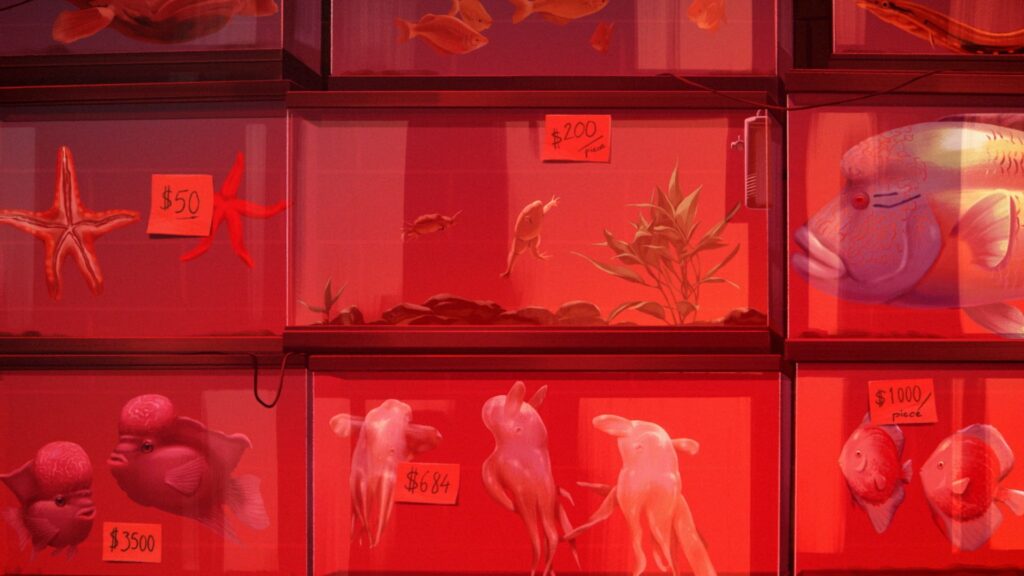
Themes That Stick — and Spore
Many shows slap some colors down and call it a day. Not here. The art in “Common Side Effects” is glued to the themes. See how the world splits between marshmallow-colored fantasy forests and sleek, blue-tinted scientific spaces? That’s science versus spirituality, locked in a neon headlock. And remember the freckles on faces? Innocent at first, they morph, growing larger and more grotesque — mirroring the story’s swelling consequences.
Let’s not gloss over how those natural greens get vacuumed out when big bosses show up. Plants in glass cages, glowing under purple lights, scream “This isn’t real nature.” The irony slaps: the more “green” the business tries to look, the faker it feels (commonsideeffects.tv).
Getting Trippy: Inventing a New Psychedelic Look
Sure, a lot of shows rely on swirly patterns, rainbow static, and eye-melting fractals to show mind-alteration. But not this crew. The team, trying to dodge cliché, looked beyond the usual trippy toolkit. Bennett put it bluntly: “We were sort of cherry-picking from a lot of different things… trying to do something a little original with the sort of psychedelic approach to it all, and trying to be careful about not doing anything super cliché.” (thedirect.com)
So, they went outdoors for inspiration — specifically, Joshua Tree’s wild desert. The show’s “high” sequences feel sunbaked, weirdly dry, and twisty. Instead of flooding the screen with visual noise, the team lets textures and awkward movement hint that reality’s warping around the characters. You get surreal, dreamlike effects that stand out in today’s animation jungle.
What We’re Left With: Spores in the Imagination
One thing is crystal clear: “Common Side Effects” doesn’t only want you to watch, it wants you to feel a little bit changed. Every sketch, each color, and all those squishy creatures come loaded with meaning. The Blue Angel mushroom isn’t just a freaky fungus — it’s a symbol, a warning, and a visual dare all rolled up in one.
And let’s be honest, half the fun of the show happens when you catch the tiniest things — like a freckle turning mutant, a plant flickering behind a boardroom window, or a mushroom cap blinking gently, almost as if it’s sizing you up. Even if your knowledge of mushrooms stops at pizza toppings, the art here pulls you deep into a themed fever dream you never really want to wake up from.
So next time someone mentions “that weird mushroom show,” you’ll know — the devil (or maybe the angel?) is in the details. Every glow, every shimmer, was lab-tested by artists who wanted to bend your brain just a little. And in the world of “Common Side Effects,” that’s not just a side effect…it’s the whole point.
